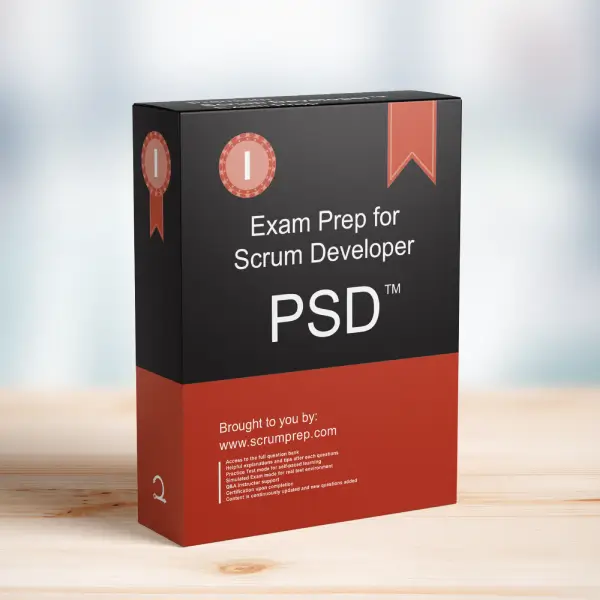Understanding Scrum Requirements
Scrum is a framework for Agile software development that focuses on delivering value through iterative progress and collaboration. While Scrum prescribes certain roles, events, and artifacts, it does not mandate specific tools, techniques, or practices such as burn-down charts, unit tests, or build automation.
Exam Question
Which of the following are required by Scrum?
(choose all that apply)
A. Release burn-up.
B. Burn-down chart.
C. Unit tests.
D. Critical path analysis.
E. Refactoring.
F. Build automation.
G. None of the above.
Correct Answer
G. None of the above.
Explanation
Correct Answer
G. None of the above:
Scrum does not explicitly require any of the tools or practices listed in the question. While these practices and tools can be valuable and are often used in conjunction with Scrum, they are not mandated by the Scrum framework itself. Scrum focuses on the roles, events, and artifacts necessary to manage work effectively, but it leaves the choice of specific practices and tools to the discretion of the team.
Why the Other Options Are Not Required by Scrum
A. Release burn-up:
A release burn-up chart is a useful tool for tracking progress toward a release, but it is not a required element of Scrum.
B. Burn-down chart:
While burn-down charts are commonly used to visualize progress during a Sprint, they are not a mandatory component of Scrum. The use of a burn-down chart is optional and at the team’s discretion.
C. Unit tests:
Unit testing is a critical practice for ensuring code quality, but Scrum does not require it. Scrum teams may choose to implement unit testing as part of their Definition of Done or as part of their development practices.
D. Critical path analysis:
Critical path analysis is a project management technique used to determine the sequence of tasks that must be completed on time for the entire project to be completed on time. It is not a part of Scrum.
E. Refactoring:
Refactoring is a valuable practice for improving code quality and maintainability, but it is not mandated by Scrum. Teams may choose to include refactoring in their development practices.
F. Build automation:
Build automation is important for continuous integration and deployment, but Scrum does not require it. Teams may adopt build automation as part of their technical practices, but it is not a Scrum requirement.
Relevance to the PSD Exam
Understanding what is and isn’t required by Scrum is crucial for the PSD exam, as it helps distinguish between the framework itself and the tools and practices that teams may use to support their work within that framework.
Key Takeaways
- Scrum defines specific roles, events, and artifacts but does not prescribe tools or technical practices.
- Practices like burn-down charts, unit tests, and refactoring are commonly used in Scrum teams but are not required by the framework.
- The choice of specific practices and tools is left to the discretion of the team based on their needs and context.
Conclusion
Scrum does not require specific tools or practices such as burn-down charts, unit tests, or build automation. These practices can be valuable, but they are not mandated by the Scrum framework. For more information on preparing for the PSD exam, visit our Professional Scrum Developer PSD™ Exam Prep.



